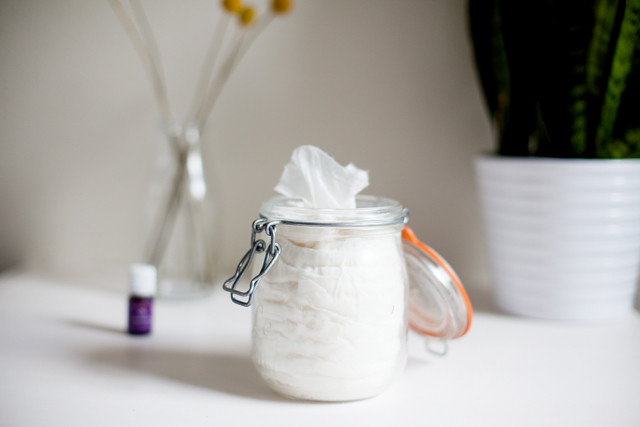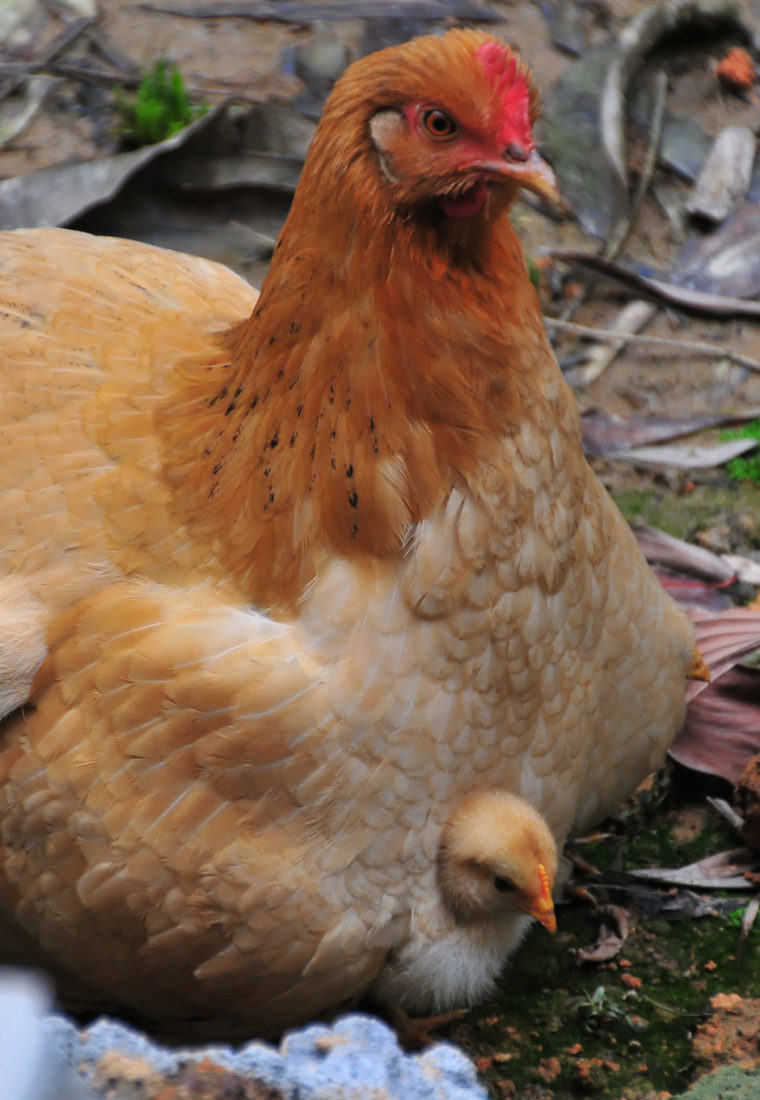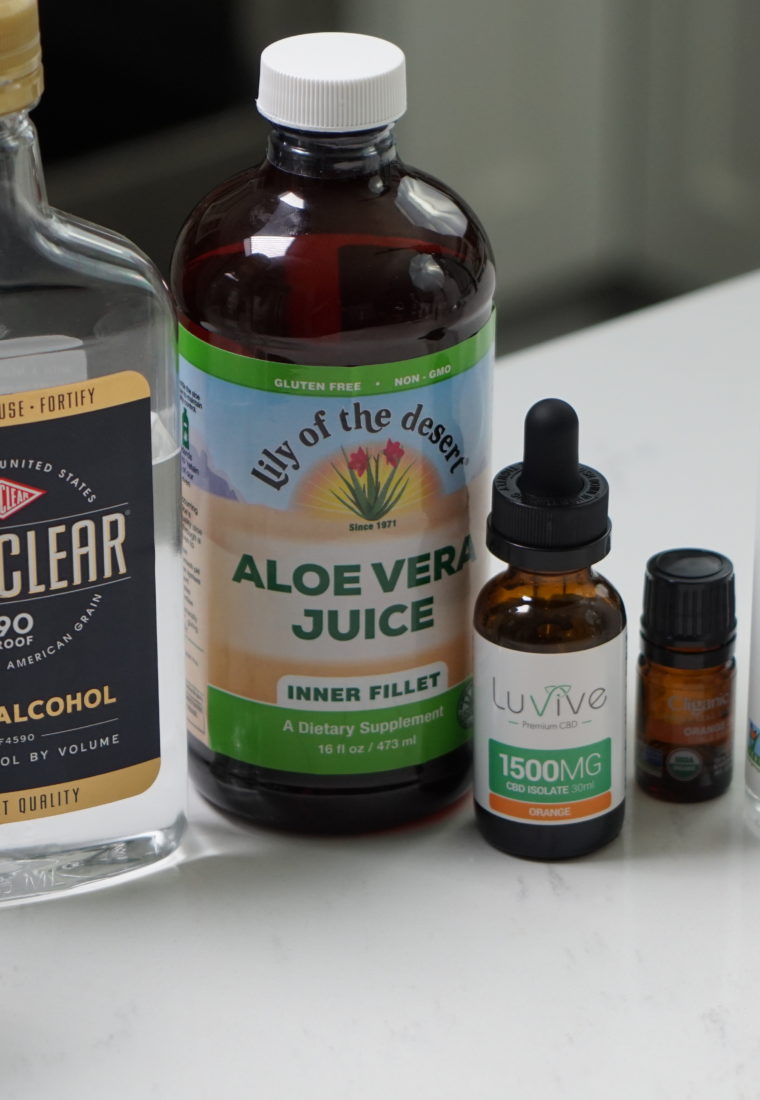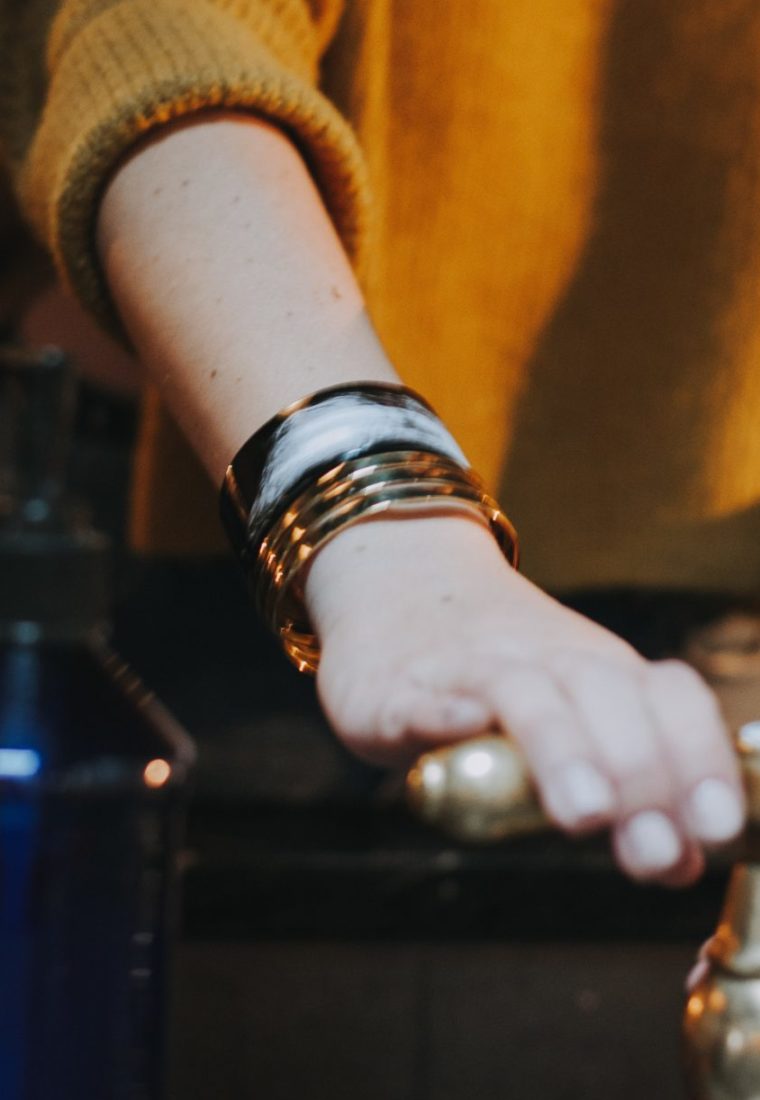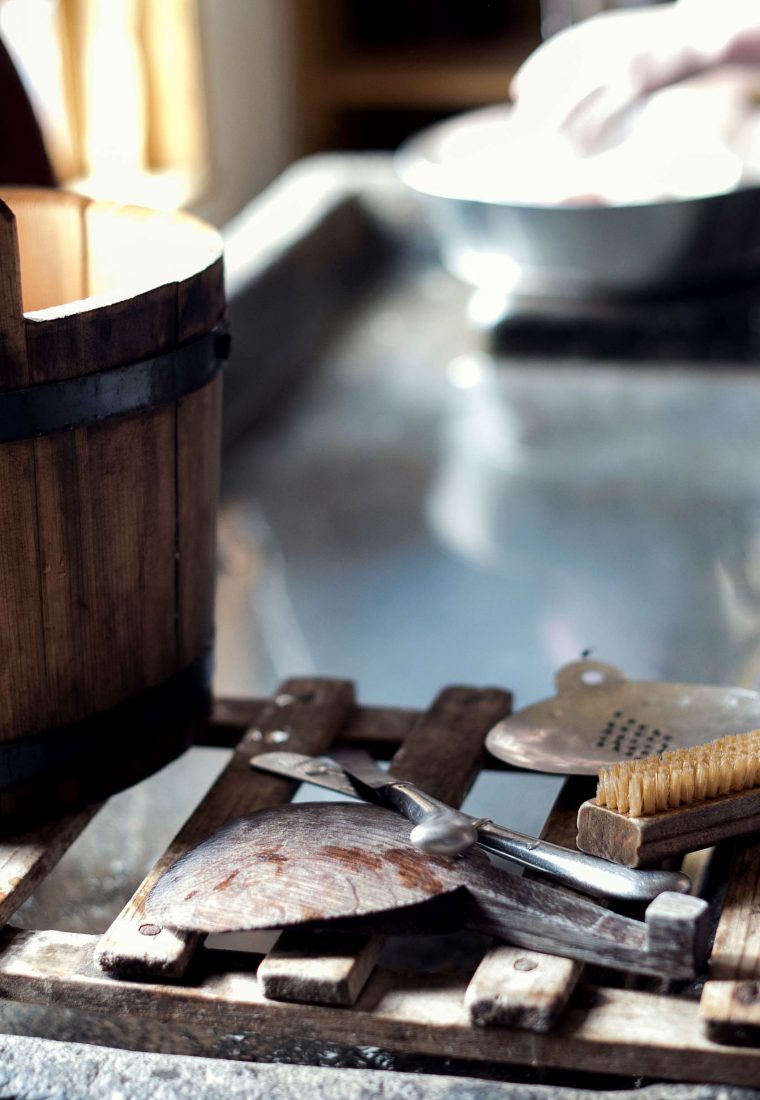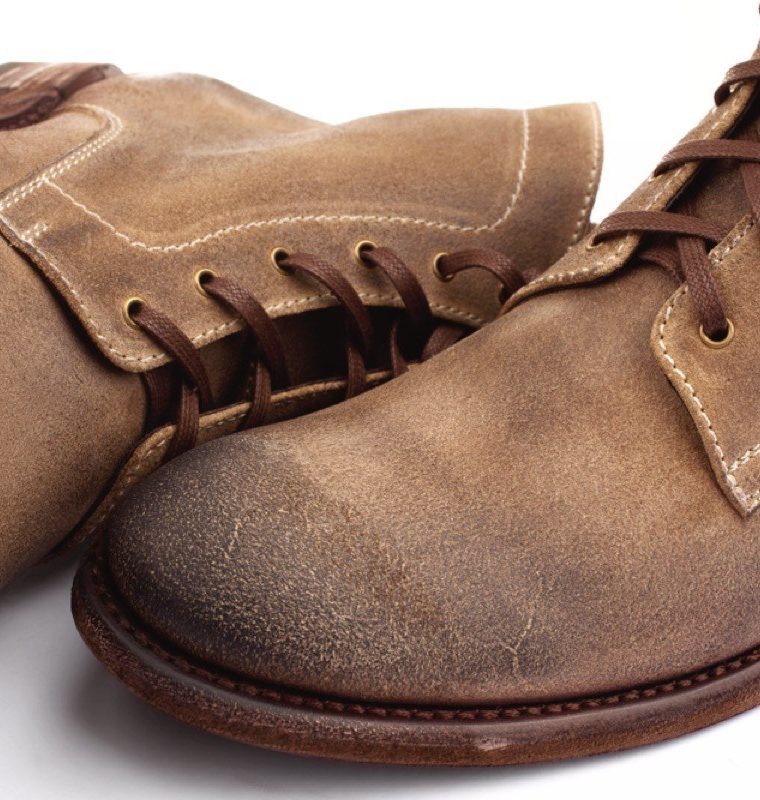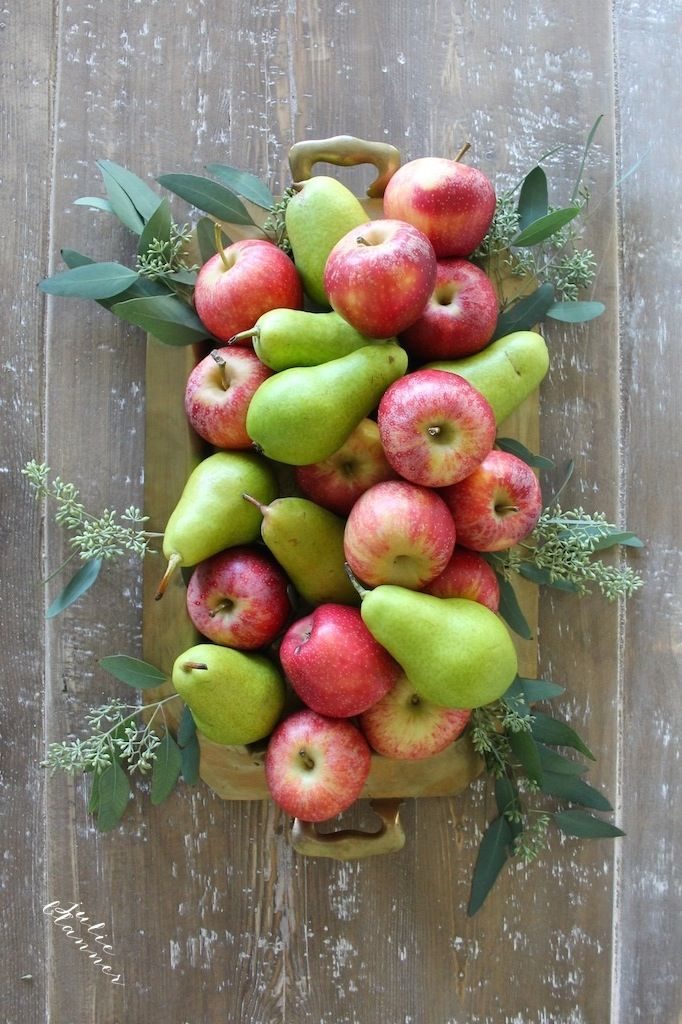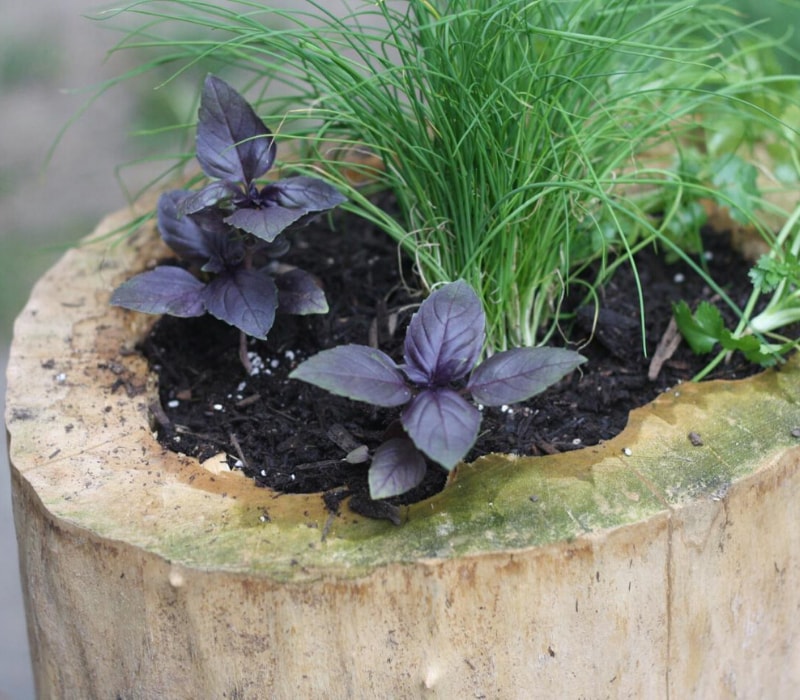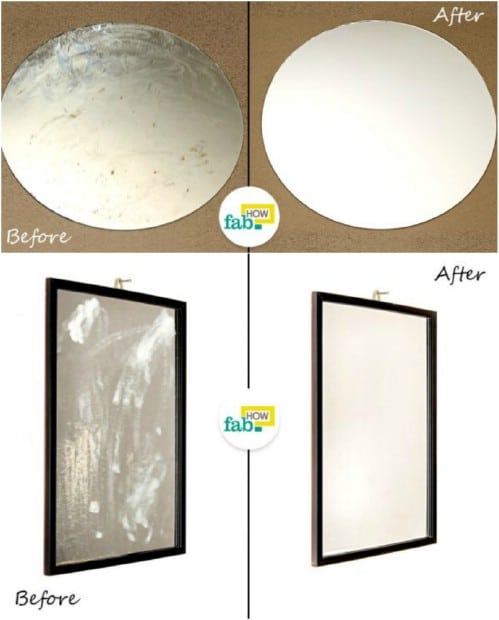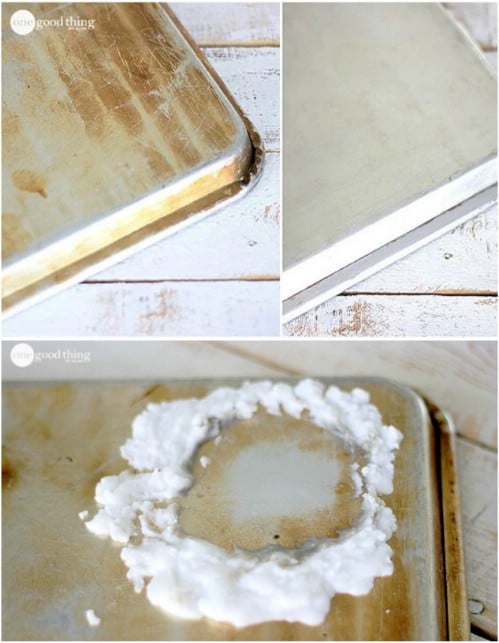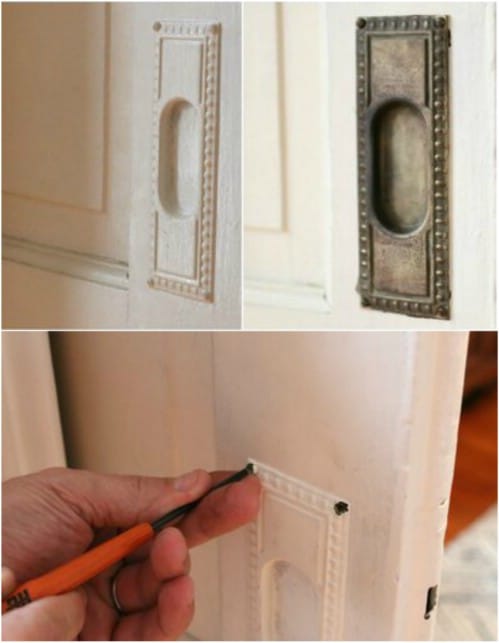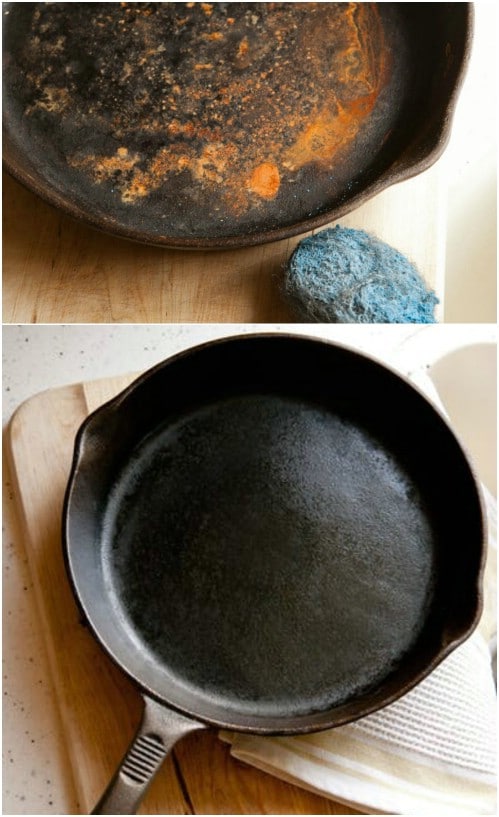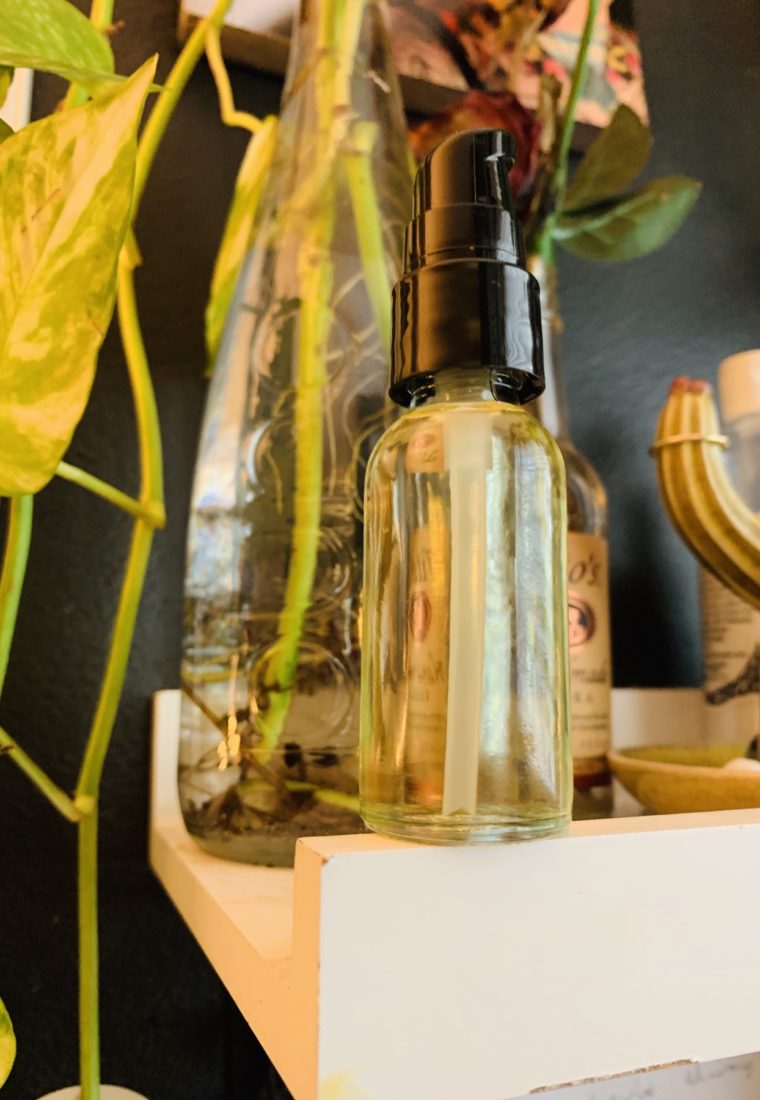How to Make Your Own Reusable Cleaning Wipes
Being able to clean a surface, object, or hands quickly is a really handy ability. From sanitizing your kitchen to quickly cleaning up a child, the need to clear away germs quickly and efficiently is ever-present on a homestead. In fact, the more tasks you do for yourself, the more messes there are to clean up along the way. But no homesteader wants to waste materials and packaging on disposable wipes. So, what about reusable cleaning wipes?
Good news; like most things that the disposable culture creates, homesteaders can remake in a sustainable way. With a stack of soft cloths, a plastic bag, and a homemade sanitization mixture you can make your own reusable cleaning wipes of several types. The two most common types are powerful sanitizing wipes and gentle cleansing baby wipes.
Supplies
-
10+ Soft Square Handkerchiefs
-
Resealable Dispensing Container
-
DIY Sanitizing Solution
-
DIY Cleansing Solution
Choosing Your Soft Square Handkerchiefs
The right handkerchiefs for the job are not your work kerchiefs. Instead, you want a smaller, gauzy cotton kerchief. The more identical kerchiefs you have, the better. Make your own from bolt fabric or buy them in bulk. These kerchiefs should have edges that can remain straight, sturdy enough to be used roughly without fraying, but soft. Be prepared to bleach to maintain color. Baby washcloths may also be an option.
The Right Resealable Container
The next piece of the project is your dispenser. If you have a plastic baby-wipes dispenser, this can work for your homemade wipes as well, but the plastic triangles may rip your soft fabric. Be sure to thoroughly clean and test a reused wipes container before relying on it. A rigid resealing plastic container, like a pencil box, can also be ideal for holding your wipes.
If you wish to make a resealing pouch, try a zip-lock bag as a simple solution. Or you can cut a hole in a zip-bag and use resealing adhesive on another plastic panel to simulate a resealing panel.
Mixing a Sanitizing Solution
Sanitizing solutions used in sanitizing wipes are made in two ways; with bleach or alcohol. To kill germs, you need at least 60% We suggest 70% alcohol, and a simple isopropyl solution will do. You can buy this at the store or mix it yourself with a ratio of 7-parts alcohol to 3-parts water.
Alternately, you can mix a tablespoon of bleach to a gallon of water. For a disinfecting solution, mix a tablespoon per quart of water or 1/4 cup of bleach per quart of water.
Mixing a Cleansing Solution
A cleansing solution is different. It needs to clean but also moisturize without irritating the skin. The right cleaning solutions can be used on babies and children and used to casually clean your hands many times without causing dryness or rash.
Mix boiled water, almond oil, unscented castile soap, and aloe vera for a soothing and cleansing solution. Other ingredients like witch hazel and vitamin E are equally helpful in these solutions, feel free to experiment with your household preferences.
Fold and Soak Wipes for Quick Use
Wash the wipes on a hot cycle and dry them. Then fold each one in a uniform manner that will fit inside your container in a stack. You will likely practice several types of folding until you find the one that grabs and pulls the best for your container solution.
Place the wipes in the chosen container, then soak the cloths from the top-down, pouring your solution evenly to fully soak the cloths from end to end. Allow the solution to soak all the way through and puddle up to an inch around the base of your stack.
As you enjoy the quick use of your wipes, periodically flip your container upside-down to re-soak the cloths if they seem dry when pulled.
—
When each wipe is used, simply toss it in the hamper, Wash on hot with your towels or other work-cloths and bleach when necessary to eliminate stains. Each time the cloths come out of the dryer, fold them neatly and return them to their container to soak in new solution. In this way, you can benefit from quick, efficient reusable cleaning wipes and the satisfaction of sustainable cleaning products.
Don’t miss these 10 Useful Things to Do with Extra Cardboard.
